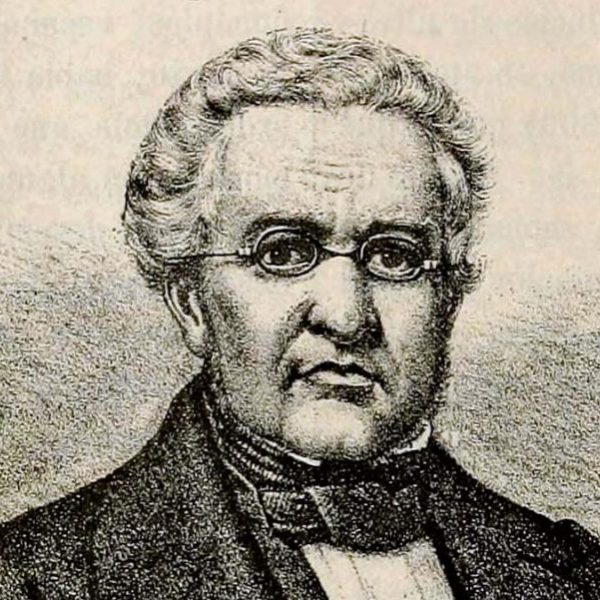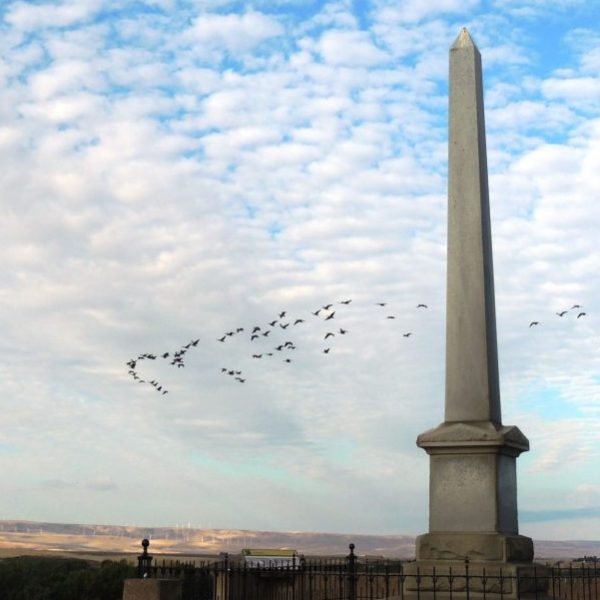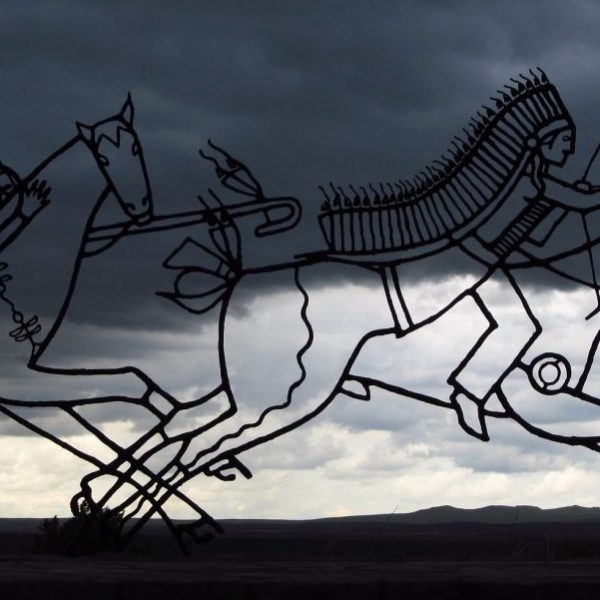Henry Roe Cloud Series and More on Native American History
As reported by the Yale Daily News earlier this month, the new Henry Roe Cloud series on American Indians and Modernity was announced by Ned Blackhawk, a Yale professor of History and American Studies, and Christopher Rogers, Editorial Director of Yale University Press. Cloud was the first known Native American graduate from Yale College. According to Professor Blackhawk, the new series has grown out of the “pressing concern” that private universities, despite having “vast resources […] have not treated the studies of Native Americans as seriously” as have public universities. In an effort to increase Native American scholarship the Henry Roe Cloud series will publish one new title a year in this underrepresented field. Here is the Henry Roe Cloud series press release.
Brian DeLay’s War of a Thousand Deserts: Indian Raids and the U.S.-Mexican War is a shining example of this sorely needed Native American scholarship. Focusing on the period before and during the U.S.-Mexican War, War of a Thousand Deserts, tells the largely unrecorded and overlooked story of the influential activities of Native Americans living in the northern Mexican territory that would become much of Texas and the American Southwest. In doing so, the book actually reenvisions the better part of 19th and 20th century American History. As Professor Blackhawk says in his July 2009 review for the Journal of Military History:
This book successfully conjoins the history of U.S. expansion with the history of northern Mexico and links the following three fields into a singular whole: southern plains Indian history, the early Mexican republic, and Anglo-American expansion.
In the past, these three elements had been largely treated as three distinct areas; DeLay, by  contrast, successfully combines the three into one indivisible whole. In this new, untold version of the events described in the book, Indian history becomes inextricably linked with American history. This binding of key elements becomes essential to the book’s scholarship and importance. According to DeLay, “the interplay of [American, Mexican, and Indian] endeavors is a central goal of [the] book.”
contrast, successfully combines the three into one indivisible whole. In this new, untold version of the events described in the book, Indian history becomes inextricably linked with American history. This binding of key elements becomes essential to the book’s scholarship and importance. According to DeLay, “the interplay of [American, Mexican, and Indian] endeavors is a central goal of [the] book.”
In writing this history, DeLay does not merely attempt to assert the “incidental significance” of Indian History to the period surrounding the U.S.-Mexican War. Instead, he writes to “demonstrate that Mexican, American, and indigenous politics came together in a forgotten nexus that reshaped North American boundaries for all of its peoples.”
In describing this nexus, DeLay argues that Indian raids of the mid-19th century not only “shattered northern Mexico’s economy, depopulat[ed] its countryside and opened up great wounds in Mexico’s body politic,” but also that they had equally influential, if less tangible, effects on the U.S. side of the conflict. These raids “indirectly facilitated the conquest and occupation of the Mexican North in 1846 and 1847” by leading the Americans to “be contemptuous of [the Mexican] claim to North America” and “by creating for the invaders a noble cause in which to dress their territorial ambition.” Only through the interplay of the widely differing effects of these Indian raids can the history of the U.S.-Mexican War and its ultimate outcome of U.S. expansion be fully told. DeLay puts it best when he writes: “This is a shared story. This is American history, Mexican history, and Indian history.”

























